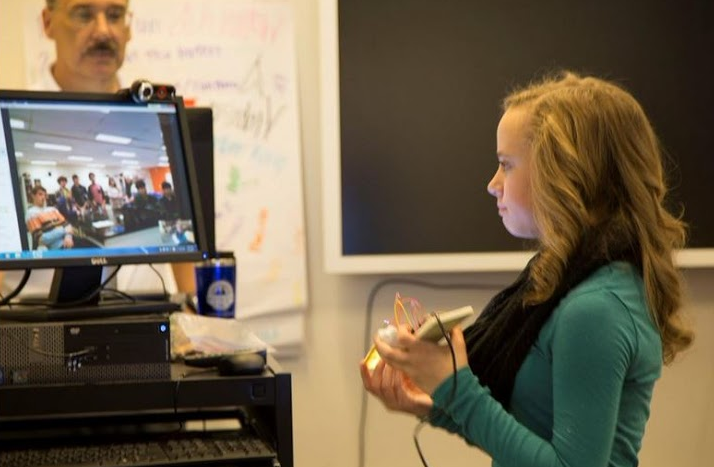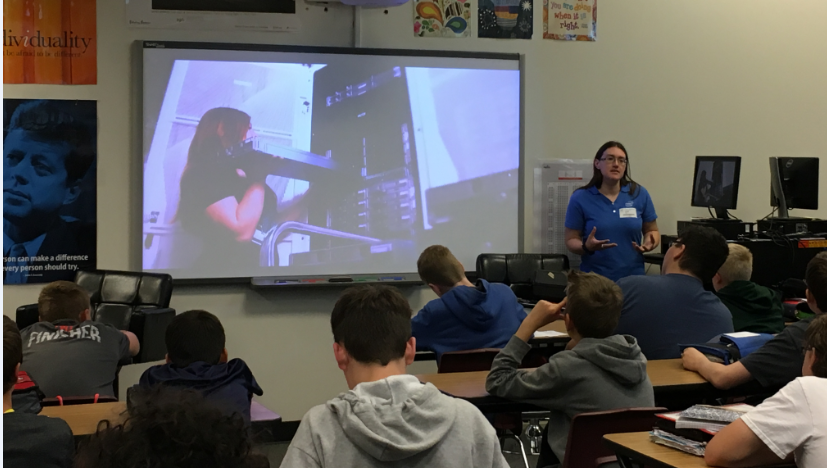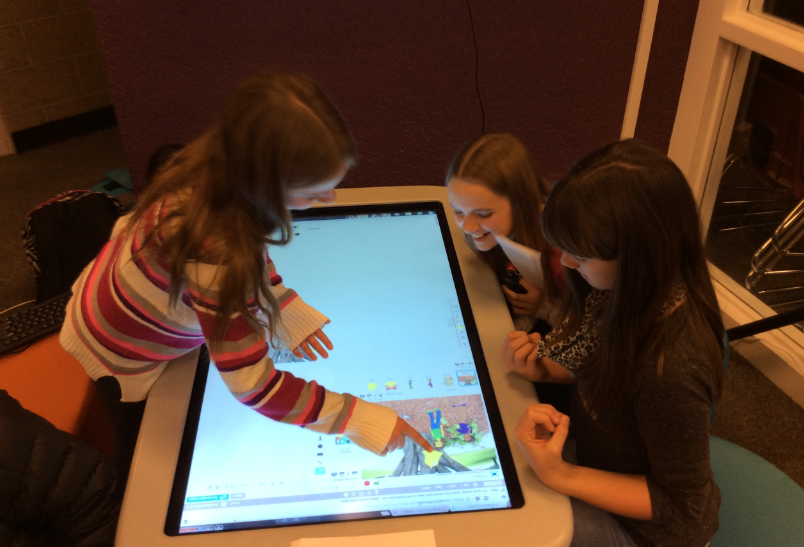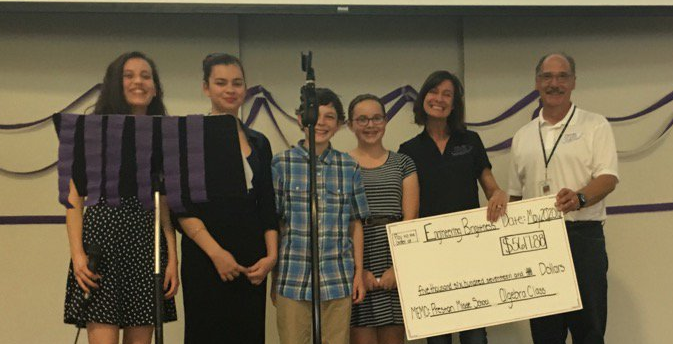Computer Science (CS) and Science, Technology, Engineering, and Mathematics (STEM) are popping up all over. The media tells us there are STEM career opportunities for students in abundance. Teachers write blogs about the pros and cons about teaching CS and engineering. Industry debates about the STEM jobs pipeline. Researchers and politicians announce a shortage of future employees. It is wonderful to have this much chatter about these important fields, but one group’s voice is being overlooked: students!
There is a group of students who inherently love engineering, who are excited by creating code, solving problems, understanding how technology works and being inventors. They are driven, motivated and informed. It is fun to work with these kids. There is a bigger group of students who, for a variety of reasons, do not gravitate to these subjects, but these students may still find STEM skills useful in a future career. Many of them would enjoy the creative problem-solving of engineering—and they won’t know unless they choose, enjoy, and stay involved in engineering coursework during middle and high school. That’s the teacher’s job.
Encouraging diverse participation in STEM in middle school is crucial. Students who do not have STEM opportunities in middle school and high school are very unlikely to take those opportunities in college. We are committed to offering creative learning experiences and the best career opportunities for all kids. How do we recruit and retain a diverse student body in elective STEM classes such as computer science and engineering?
For your students who don’t typically identify as “engineers”—many female and minority students as well as some boys—what motivates them to sign up for, and become invested in, an engineering class or activity?
While we don’t claim to have completely cracked the code, focusing on this effort has made us better, more culturally inclusive teachers, and we believe our students will be better off in the long term because of sustained efforts to broaden access to CS and engineering.
- Allow your students to be real-world problem solvers. Even kids who are novices at engineering can use the design processes to investigate and develop a solution to a problem someone actually has. Encourage them to meet the people affected by their solutions and ask for requirements and feedback. Doing work that is meaningful and societally relevant is especially important for recruiting and retaining women.
- We teach an electronics class in which the focus is the creation of real-world products such as musical light shows and efficient, sustainable lanterns to give as gifts to partners who do not have electricity at home. We call the lantern project “Engineering Brightness” (www.e-b.io) and it’s become an interdisciplinary part of the overall school culture, not just one class.

-
Facilitate collaboration between your students and their peers, wherever they are in the world. We have enjoyed using Skype to enhance relationships between our students and other kids in other states, Canada, the UK—anywhere else we can get a connection! We have connected with older students working on engineering projects that are happy to help our middle-schoolers and give them feedback on their designs. Our kids connect with other middle school students in Uganda who are the recipients of some of their lanterns to get their ideas for requirements and feedback from testing.
- Correspondence personalizes the experience for the kids. They’re no longer just creating a project—they’re making a light for a friend with a face and a name, and it makes all the difference. Purposefully connect your students with a diverse group of new friends. Kids see themselves through the eyes of their global partners. Instead of “what do you think of my design?” we heard, “I was thinking of Fernando and Faith when I made this, and I thought they would like this feature.”
- Create tasks and projects that are “low floor, high ceiling”—accessible for students regardless of background knowledge, experience or their idea of an engineer. It should be designed such that all students will find the work challenging, but newbies won’t find it overwhelming. Consider having optional mini-lessons for students that want the extension, but design your grading rubric such that your beginners can demonstrate what they have learned successfully.
- Offer choice—give students a list of ten requirements and allow them to choose the top three that they will factor into their design. You’ll be surprised at how many rise to the challenge of the harder requirements when the choice is genuine and offered without penalty.

- Understand that successful engineering is a high-frustration, high-reward activity and communicate with your students often about the maker mindset. Failure is a valuable part of the process, and your attitude toward failure will shape the attitude of your students.

-
Engage your community. Seek out parent volunteers, career speakers, and community helpers who represent the diversity in your students. We believe in the value of introducing students to engineering careers during middle school, and we do so by inviting volunteers to help in the classroom on a regular basis, by taking students on career-based field trips, and by facilitating panels. Every time you invite a speaker or plan a field trip, be purposeful about representing diversity.
- One of our recruiting tools was a code-a-thon held right before course registration. Sixty percent of the participants were girls, and over half of the participants had never coded before. It was a great success as far as introducing coding as a social, collaborative, real-world activity to a very diverse audience.
- We often find that although diverse students enjoy engineering classes, getting them to sign up and stay in a class beyond the first two weeks takes some effort. You will have to make personal, one-on-one recruitment and relationship building part of your regular course planning, and it will need to continue every semester, every year. Start with students you already know, seek them out and have a face-to-face conversation. Send personal notes. Offer to walk to the counseling office to help with scheduling. Plan an open-house or a recruiting day where current students walk around to classes and give presentations to younger students.


- Provide leadership opportunities for a diverse group of students currently enrolled in your classes. It’s an amazing retention tool for your current students and a recruitment tool for students not yet enrolled in your classes. Ask students to help you present at fairs and carnivals, school events and parent nights. Current students can be ambassadors to younger students, create recruitment materials and present to other classes. Get students involved in fundraising and peer-mentorship opportunities and see their self-confidence and commitment soar.

Education is an amazing field to work in. Teachers inherently love to share their knowledge and to help others succeed. We are determined to hone our practices, keep talking to and keep learning from our students—and hope to hear your successes! It’s a large effort, but very rewarding to encourage all kids to learn computer science and engineering whether it is for a future career or for their own self-confidence and growth as problem-solvers!


